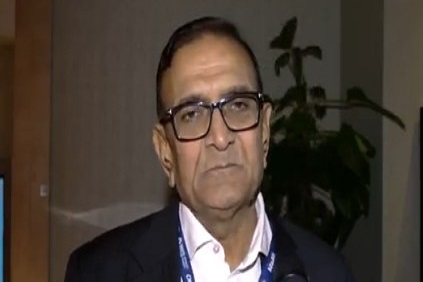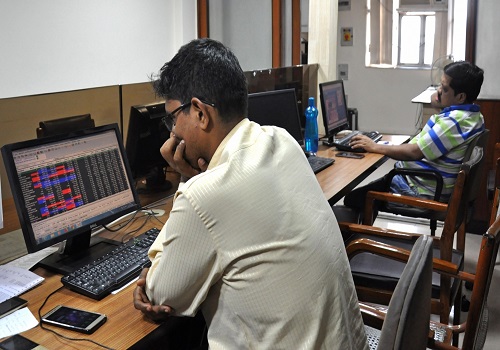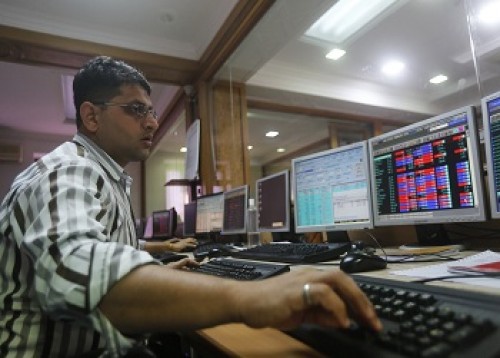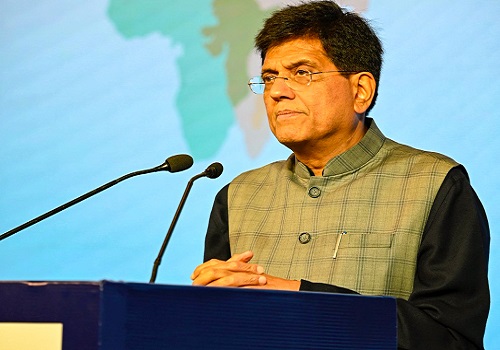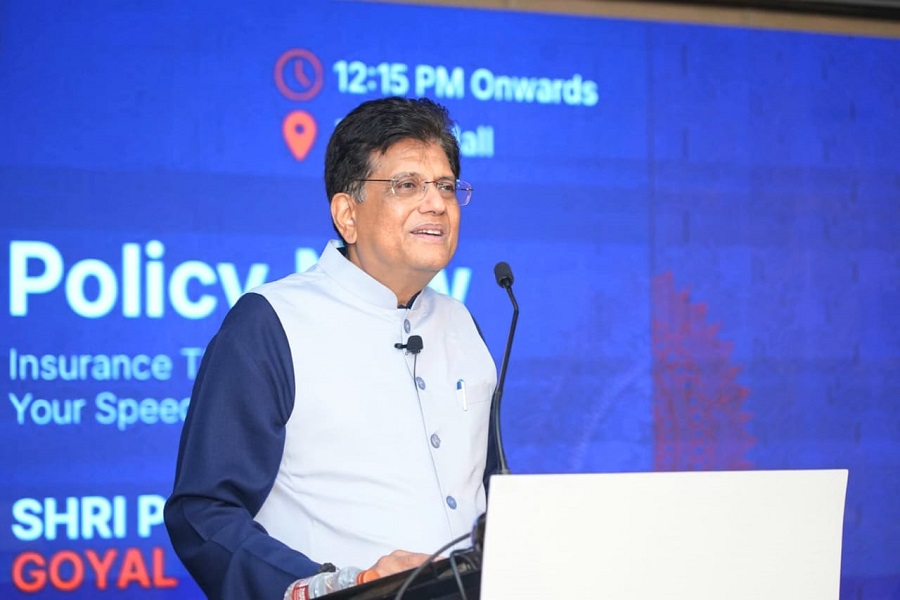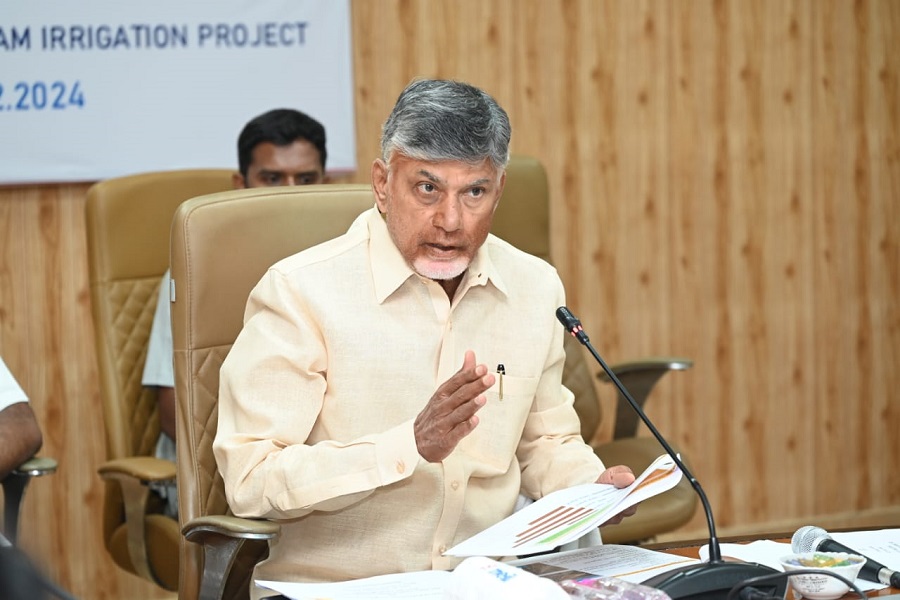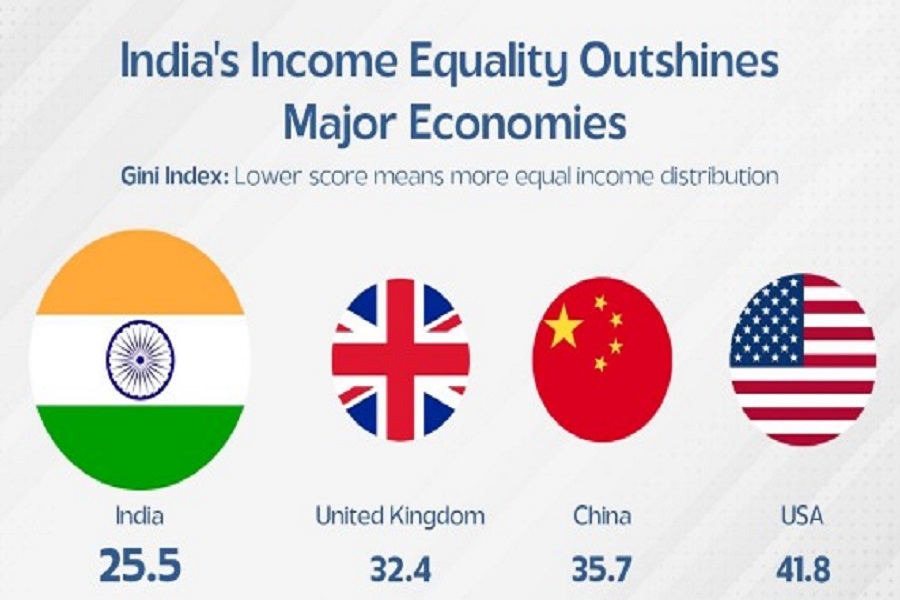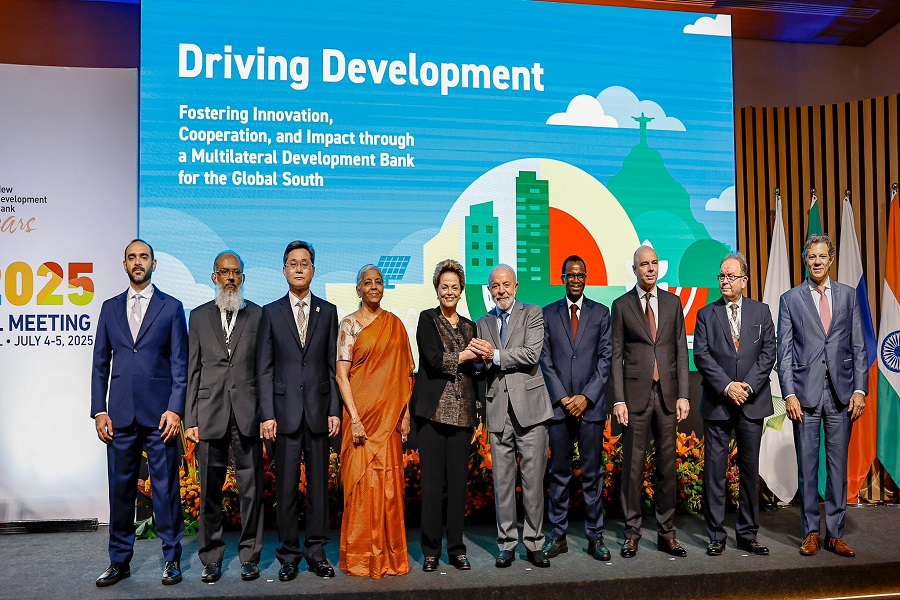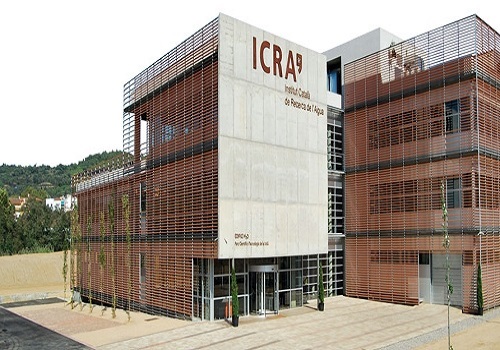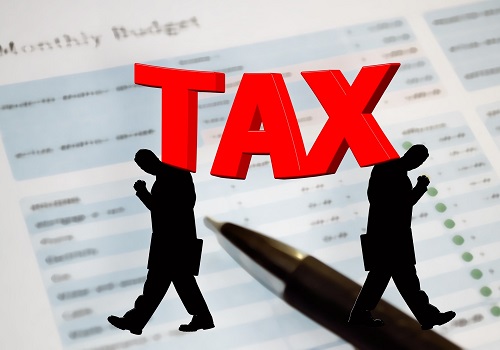New approach to welfare has yielded substantial positive outcomes: FinMin

The Finance Ministry’s review of the Indian Economy, a document which runs over 70 pages, takes stock of the state of the country’s economy and its journey in the last 10 years.
In the review released just days before the Interim Budget (Feb 1), the ministry said it now appears very likely that the Indian economy will achieve a growth rate of or above 7 per cent for FY24, while some predict it will achieve another year of 7 per cent real growth in FY25 as well.
If the prognosis for FY25 turns out to be right, it will mark the fourth year post-pandemic that the Indian economy will have grown at or over 7 per cent. That would be an impressive achievement, testifying to the resilience and potential of the Indian economy, the Finance Ministry said.
'The Indian Economy: A Review', released by the Department of Economic Affairs (DEA), speaks about the new approach to welfare among other things in its second chapter.
The review’s first chapter provides an overview of the past, present, and future of the country’s economy while the second chapter takes a detailed look at the government’s policies and progress on various parameters in different sectors.
Calling the country’s human resources a dovetailing growth and a capacitating welfare, the review says that over the past decade, India's welfare paradigm has undergone a substantial transformation, evolving into a more sustainable, efficient, and empowering model.
It says that this shift has not only endowed welfare initiatives with a capacity-building dimension, but has also laid a robust foundation for long-term human development in the country.
From a fiscal perspective, the increased productivity of social sector spending has been accompanied by a commitment to ensuring universal access to basic amenities.
The Union government's expenditure on social services has exhibited a Compound Annual Growth Rate (CAGR) of 5.9 per cent between FY12 and FY23, with capital expenditure on social services growing at an 8.1 per cent CAGR over the same period, signalling the creation of societal assets.
Simultaneously, schemes like Ujjwala Yojana, PM-Jan Aarogya Yojana, PM-Jal Jeevan Mission and PM-AWAS Yojana have gained prominence, stressing the importance of universal access to basic amenities.
According to the review, in a diverse and populous country, prioritising social enablers is crucial. Investments in child immunisation and sanitation exemplify this, positively impacting public health, school attendance, and long-term well-being.
Policies like the Atal Pension Yojana, PM Jeevan Jyoti Yojana and PM Suraksha Bima Yojana provide affordable social security for unorganised sector workers, showcasing notable progress in coverage over the years.
The substantial push towards infrastructure development, particularly in digital, energy, and transport sectors, holds the potential for significant employment generation at the grassroots level.
India's response to the Covid-19 crisis demonstrated a nuanced and phased approach, providing safety nets for vulnerable sections while iteratively responding to emerging situations.
This calibrated response helped address the specific needs of the sections at risk, ensuring food security, credit for street vendors, employment for returnee migrants, etc., as sectors of the economy recovered at different paces.
The Finance Ministry said the new approach to welfare in India has yielded substantial positive outcomes, leading to a notable improvement in the quality of life for its citizens.
As evidenced by India becoming the fifth largest economy in the world, the impact of welfare initiatives is evident in the significantly improved lives of the common person compared to a decade ago, it said.
According to a NITI Aayog report, a remarkable 13.5 crore Indians escaped multidimensional poverty between 2015-16 and 2019-21. This positive trend is particularly pronounced in rural India and the most backward areas, aligning with the principle of 'Antyodaya' or upliftment of the last person.
Data from the National Family Health Survey for 2019-21 indicates a consistent rise in access to essential services such as electricity, drinking water, sanitation, and clean fuel. The National Health Accounts data reveals a consistent decline in out-of-pocket health expenditure from 62.6 per cent of total health expenditure in FY15 to 47.1 per cent of total health expenditure in FY20.
Key improvements also include a decline in the maternal mortality ratio and the female Gross Enrollment Ratio (GER) in higher education surpassing the male GER since FY18.
The bouquet of fiscal transfers through welfare schemes has played a significant role in reducing economic inequality, as highlighted in a recent Collection of Essays by the Office of the Chief Economic Advisor.
Moreover, the holistic approach of 'empowering welfare' has expanded over the last decade, contributing to the overall betterment of the Indian populace, the review said.
